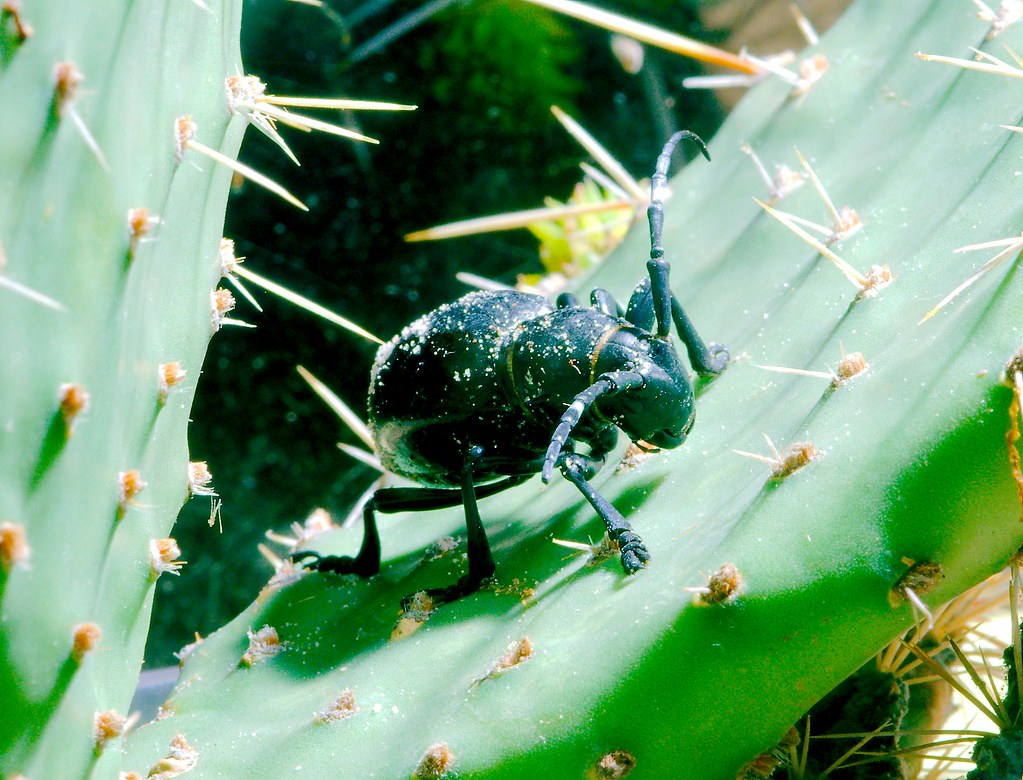Genetic analyses show the Longhorn originated from an Iberian hybrid of two ancient lineages: “taurine” descending from the domestication in the Middle East, and “indicine”, descending from the domestication in India, 85% and 15% respectively by proportion. The Longhorns are direct descendants of the first in the New World. The ancestral were first brought over by Christopher Columbus in 1493 to the Caribbean island of Hispaniola. Between 1493 and 1512, Spanish colonists brought additional in subsequent expeditions. They consisted of three different breeds; Barrenda, Retinto and Grande Pieto. Over the next two centuries the Spanish moved them north, arriving in the area that would become Texas near the end of the 17th century. They escaped or were turned loose on the open range, where they remained mostly feral for the next two centuries. Over several generations, descendants evolved the high feed- and drought-stress tolerance and other “hardy” characteristics that Longhorns have become known for.
Early US settlers in Texas obtained feral ones from the borderland between the Nueces River and the Rio Grande and mixed them with their own. The result was a tough, rangy animal with long legs and long horns. Although this interbreeding was of little consequence to the makeup of a Longhorn, it did alter color. The varieties of color ranged from bluish-grey, and various yellowish hues, to browns, black, ruddy and white, both cleanly bright and dirty-speckled. Portuguese breeds, such as Alentejana and Mertolenga, are the closest relatives of Longhorns.
(Paraphrased from Wikipedia)
